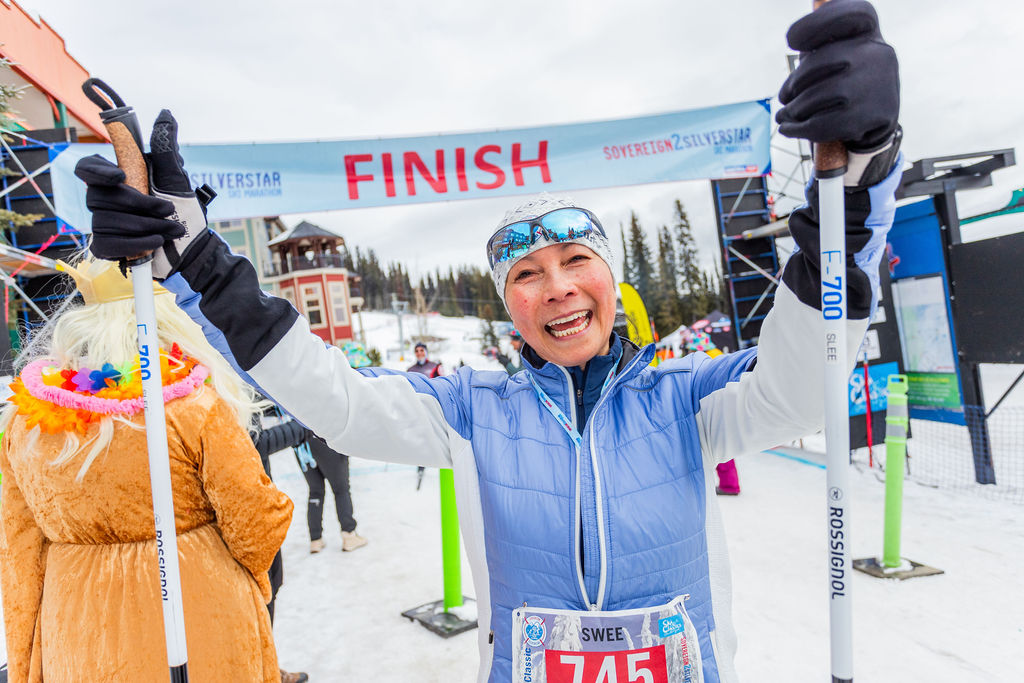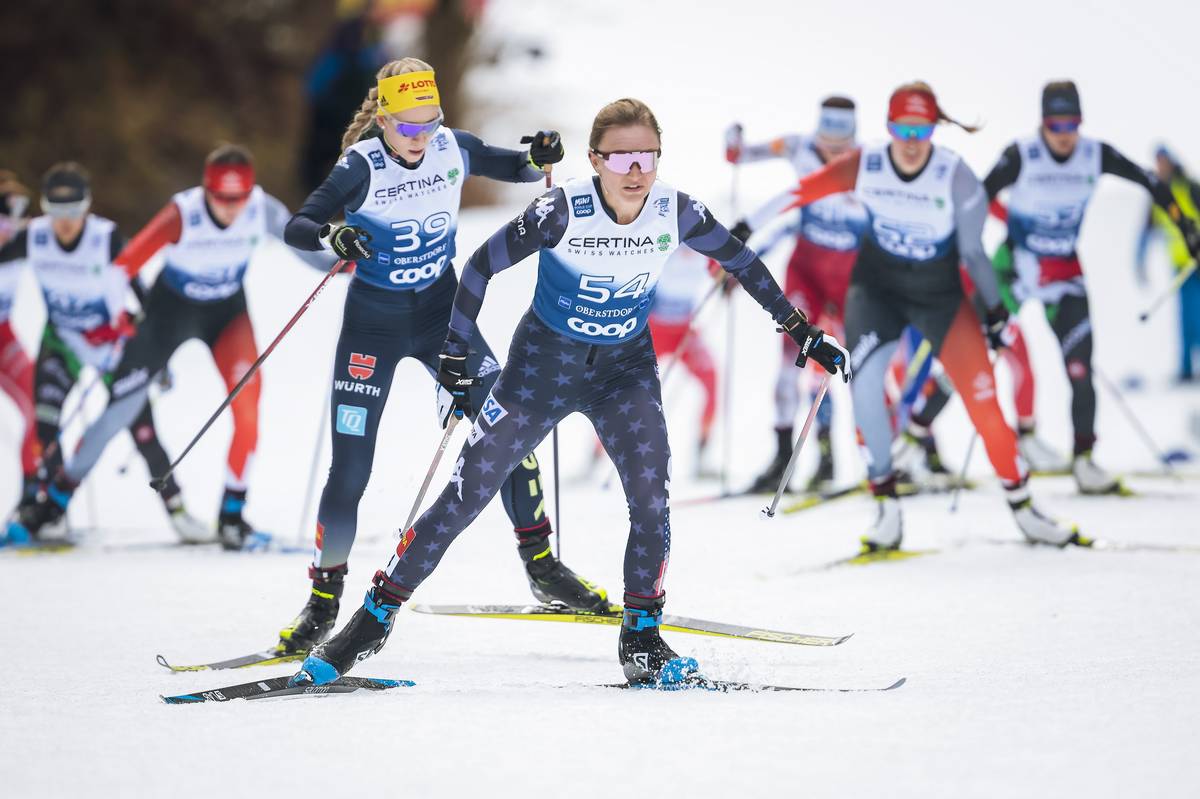Summary of FIS International Coaches’ Seminar on CC Sprint training and competitions. Molde, Norway May 22 — 25, 2003
The International Ski Federation (FIS) every other year holds an International Seminar for Cross-Country coaches, often covering special interest topics. A couple of years’ ago, this seminar was held in the US (Midway, Utah) on topics related to coaching women. This year’s seminar was called a “Sprint Seminar”. Lecturers from several countries spoke, including several National Team coaches, Olympic and World Championship medallists.
World Champion Spinter Tobias Fredriksson
The three-day long seminar covered many interesting sprint issues and eye-opening pieces of information. The presentations did not only include Cross-Country experts, but also renowned coaches and athletes from track & field, rowing and human physiology. We will here summarize some of the most interesting statements.
As a coach, you need to understand and use the theoretical and physiological side of a sport — the physical demands and energy systems, as well as the practical and “life-experienced” side — what has been shown to give results in the past. Optimally, the two sides should support each other and be used together to develop the best coaching system available. Listening to how different sports, athletes, coaches and countries in the World use their knowledge and experience makes clear that there are many “roads that lead to Rome”. You must however listen extra careful to the successful nations and athletes, and it is clear that the common thread is systematization and thorough evaluation of the sport’s requirements. The actual methods for developing the required skills for Cross-Country sprint may vary a bit, but are in the end fairly common among the best nations.
Vebjorn Rodahl, the 1996 Olympic 800m track & field Champion, used an interesting approach to training and developing his middle-distance running requirements or components — aerobic capacity, anaerobic capacity, explosiveness and speed. He trained specifically for 800m, nothing shorter, nothing longer. He also very consciously worked on all four components all year long, and always together. Every training week all year long included every one of his important components.
Haavard Bjerkeli, the silver medallist in sprint from last year’s World Ski Championship, informed us that although he still liked to ski longer distances, his training now was definitely specialized for Sprint racing. This included different types of intervals, different type of strength training, specific ways of training speed as well as new cycles and training-focus on training camps.
Hans C. Holmberg, one of the Swedish physiologists behind the recent success of the Swedish Cross-Country skiers showed us the principles behind their men’s team’s Sprint success (Gold medal in the World Championship and overall World Cup Champions). Their main training principle for the sprint skiers were focused on how to develop the energy systems that are involved in the different types of ski racing we now have today, and also to relate this to the velocity that can be produced by the skier. For example, they are dividing the velocity used in Sprint racing and training into three different types, qualification or prolog speed (all out from start to finish), quarter- and semi-final heat speed (less consistent speed), and finally start & finish speed.
The wealth of information and details from this seminar require too much space for one article, we hope however to be able to discuss certain areas in more depth in later publications. We are also discussing hosting a Sprint Training Camp here in Park City this Fall, so please send us an e-mail (info@torbjornsport.com) if you or any athletes and coaches you know are interested.
Picture below: Tobias Fredrikson, 2003 World Sprint Champion



